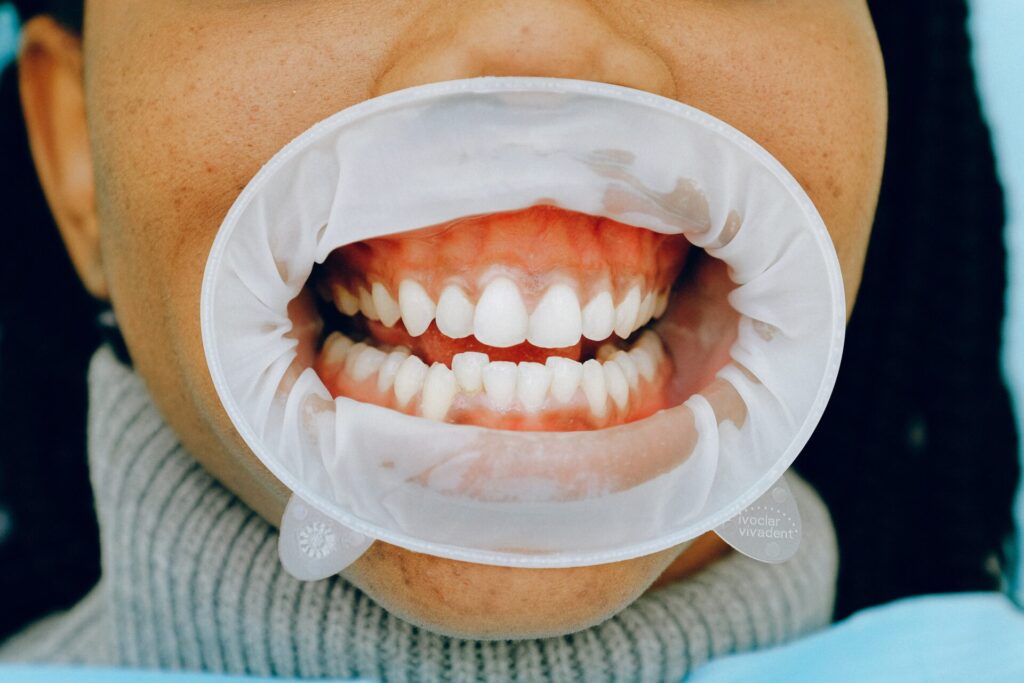Invisalign and Jaw Pain: What You Should Know
Introduction
Invisalign is a revolutionary orthodontic treatment that uses clear aligners to straighten teeth. It provides an alternative to traditional braces and is often seen as a more discreet option. While Invisalign offers many benefits, it can sometimes cause jaw pain due to the movement of the teeth. In this article we aim to explore the causes and symptoms of Invisalign-related jaw pain, when medical attention should be sought, ways to prevent and manage jaw pain associated with Invisalign, and potential alternatives for those who are concerned about developing jaw pain.
Understanding Stress: Causes and Symptoms
Jaw pain caused by Invisalign can be attributed primarily to two things: misalignment of the teeth or stress on the temporomandibular joint (TMJ). Invisalign works by placing precise pressure on certain teeth to gradually move them into a more desirable position. If this pressure is applied too quickly or if there is an underlying issue with misalignment, it can cause stress on the TMJ which in turn leads to pain and discomfort.
Symptoms of Invisalign-related Jaw Pain
The most common symptoms of jaw pain caused by Invisalign are stiffness and tenderness in the jaw area as well as headaches, earaches, and neck aches. Other symptoms include clicking or popping sounds when opening or closing the mouth, difficulty chewing food, and locking or stuck jaws.
When To Seek Medical Attention
If the jaw pain caused by Invisalign is persistent and does not improve or gets worse over time, it is important to seek medical attention. Your doctor may perform a physical examination of your mouth and jaw area and order imaging tests such as x-rays to determine the cause of the pain.
Prevention and Management of Jaw Pain
To prevent jaw pain associated with Invisalign, it is important to follow the instructions provided by your orthodontist closely. It is also important to practice good oral hygiene habits such as brushing and flossing regularly. If you already have jaw pain, there are several things you can do to manage it including asking your dr about taking anti-inflammatory medications, doing gentle stretching exercises for your jaw muscles, using cold or heat therapy, and avoiding foods that require a lot of chewing. If those don’t resolve your pain physical therapy may be helpful.
Physical therapy can provide directed exercises to help relieve your jaw pain. These exercises may include stretching, massage, and strengthening or stabilization of certain muscles in the jaw. If your jaw pain doesn’t respond to any of these treatments, you should seek medical attention from your doctor for further evaluation.
Alternatives to Invisalign
There are other orthodontic treatments available if you are looking for an alternative to Invisalign. Traditional metal braces are still widely used and can be used to treat minor cases of misalignment. Ceramic braces and lingual braces (braces placed on the inside surface of the teeth) offer a more aesthetic option compared to metal braces. In some cases, clear aligners can be used as an alternative to Invisalign for milder cases of misalignment.
Conclusion
In summary, jaw pain caused by Invisalign is commonly due to misalignment issues or stress on the temporomandibular joint. The best way to prevent and manage jaw pain is by following the instructions given by your orthodontist closely, practicing good oral hygiene habits, and using appropriate therapies. There are also alternatives to Invisalign that can be considered depending on the severity of misalignment.

